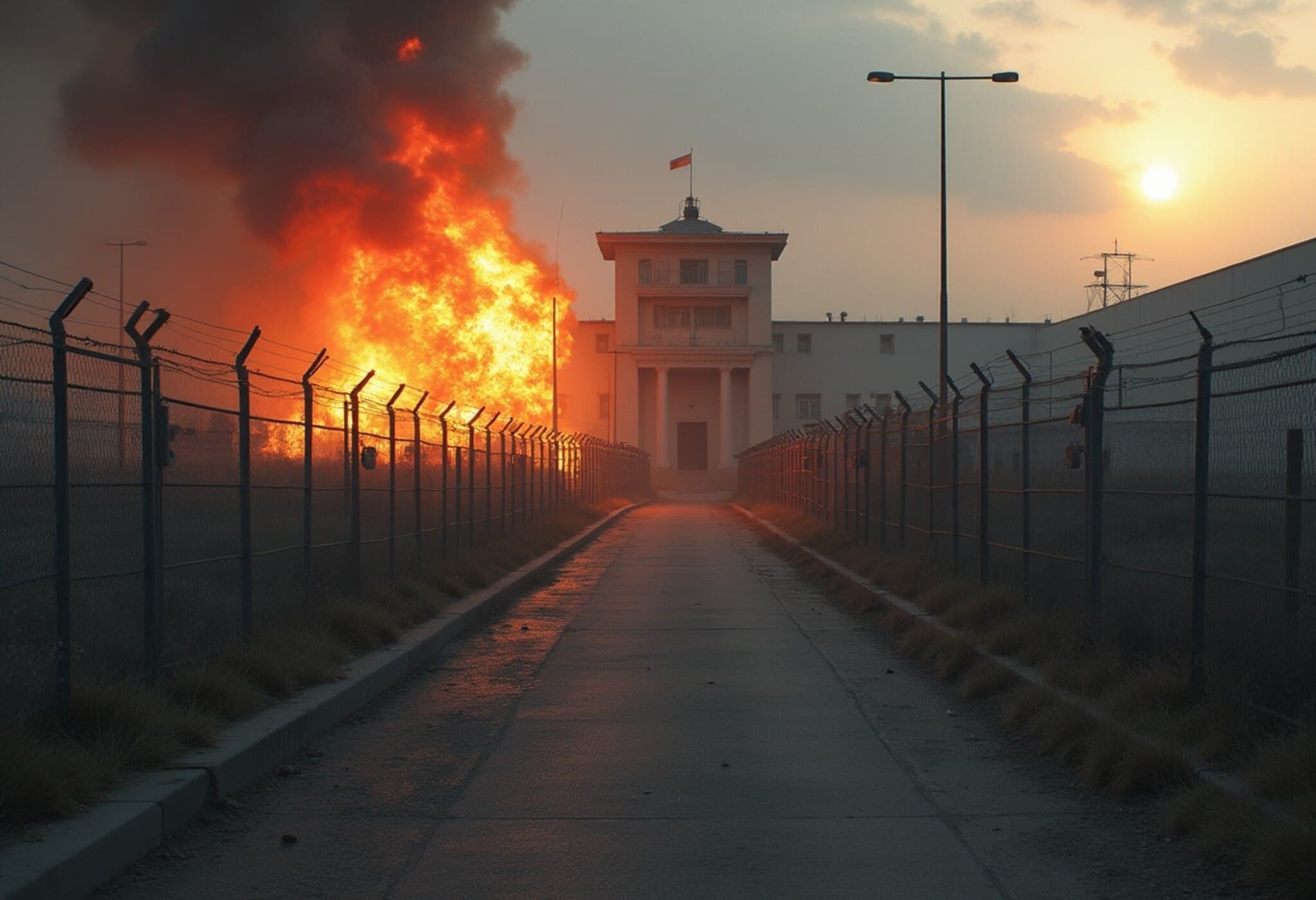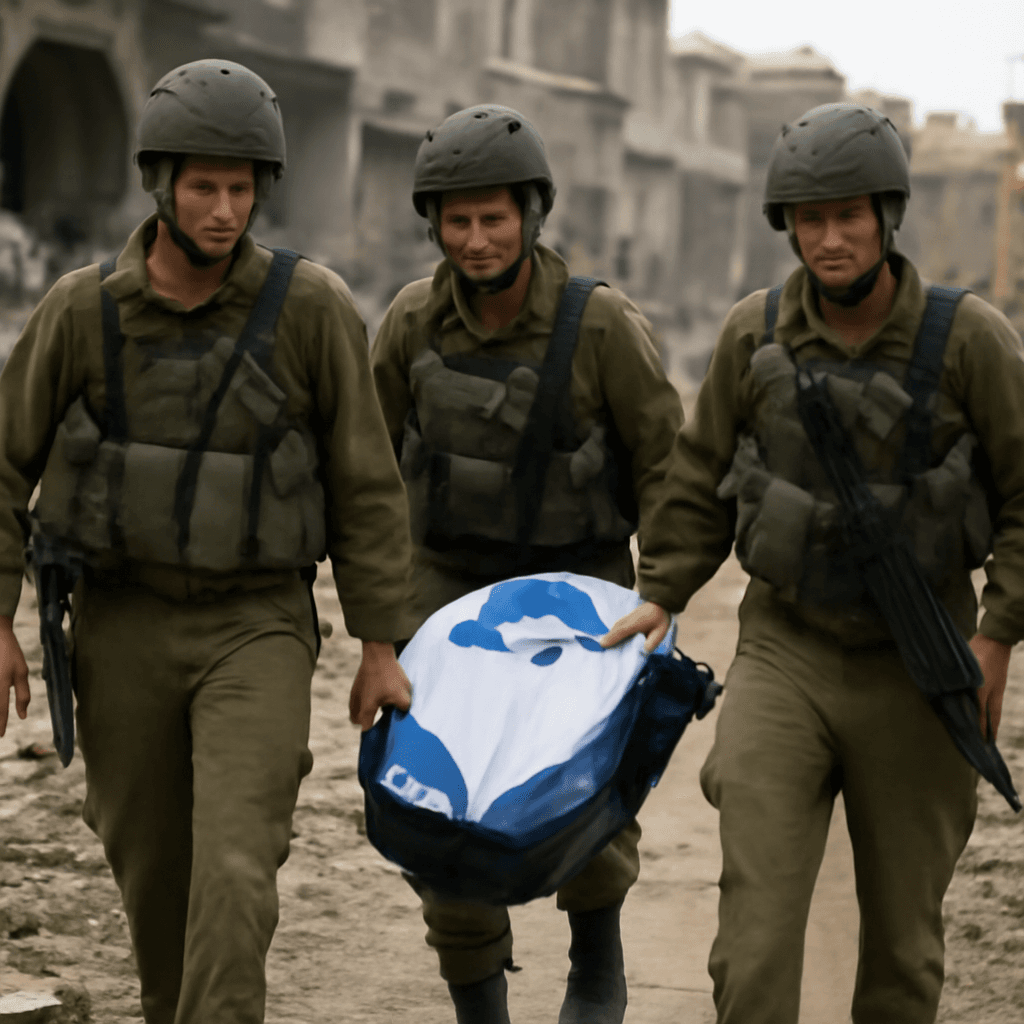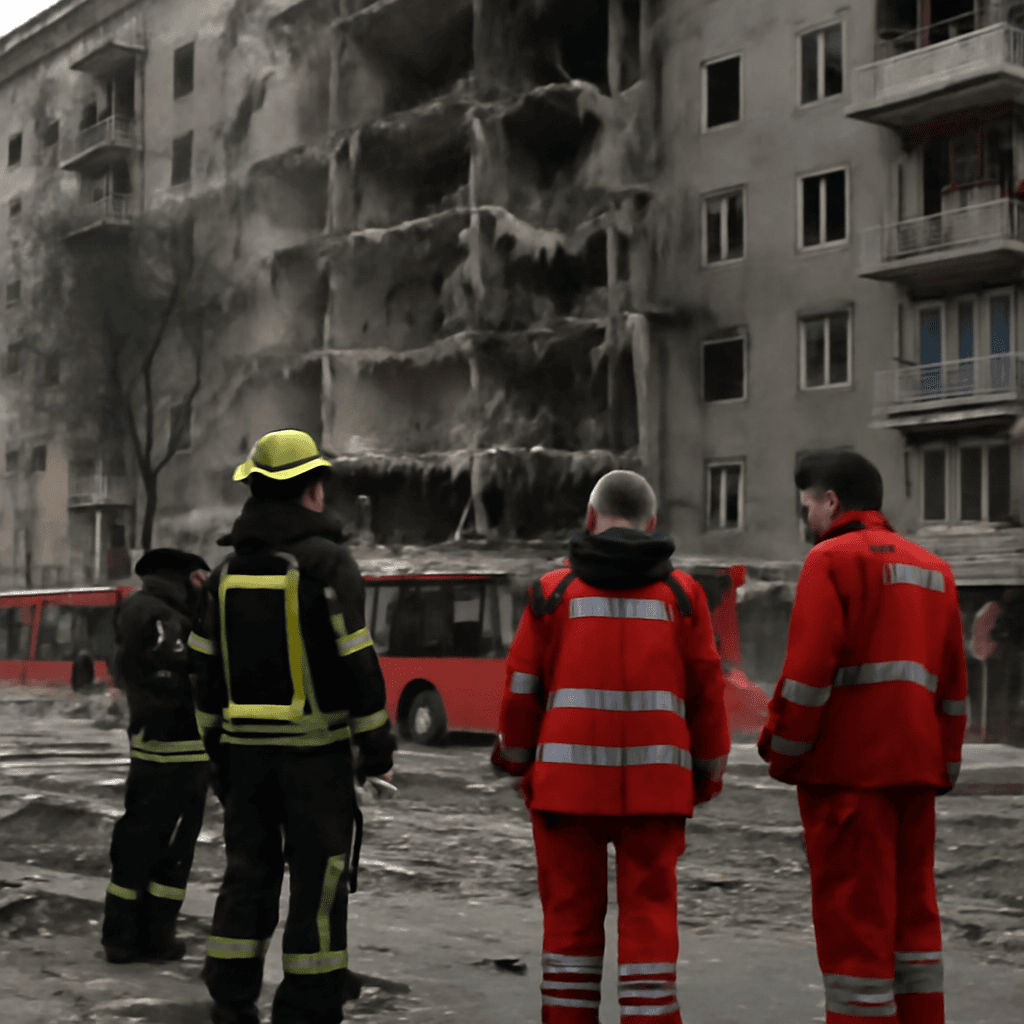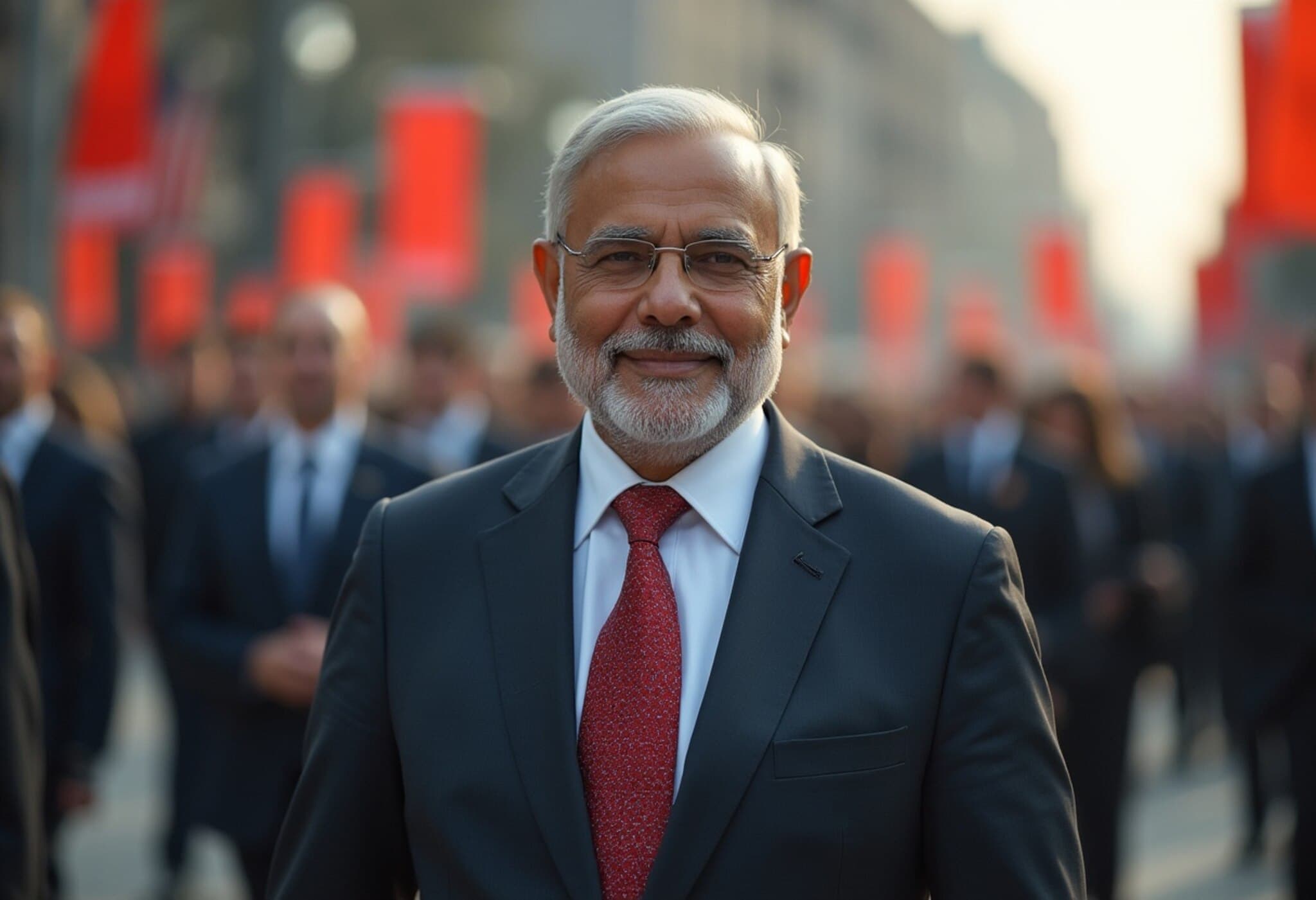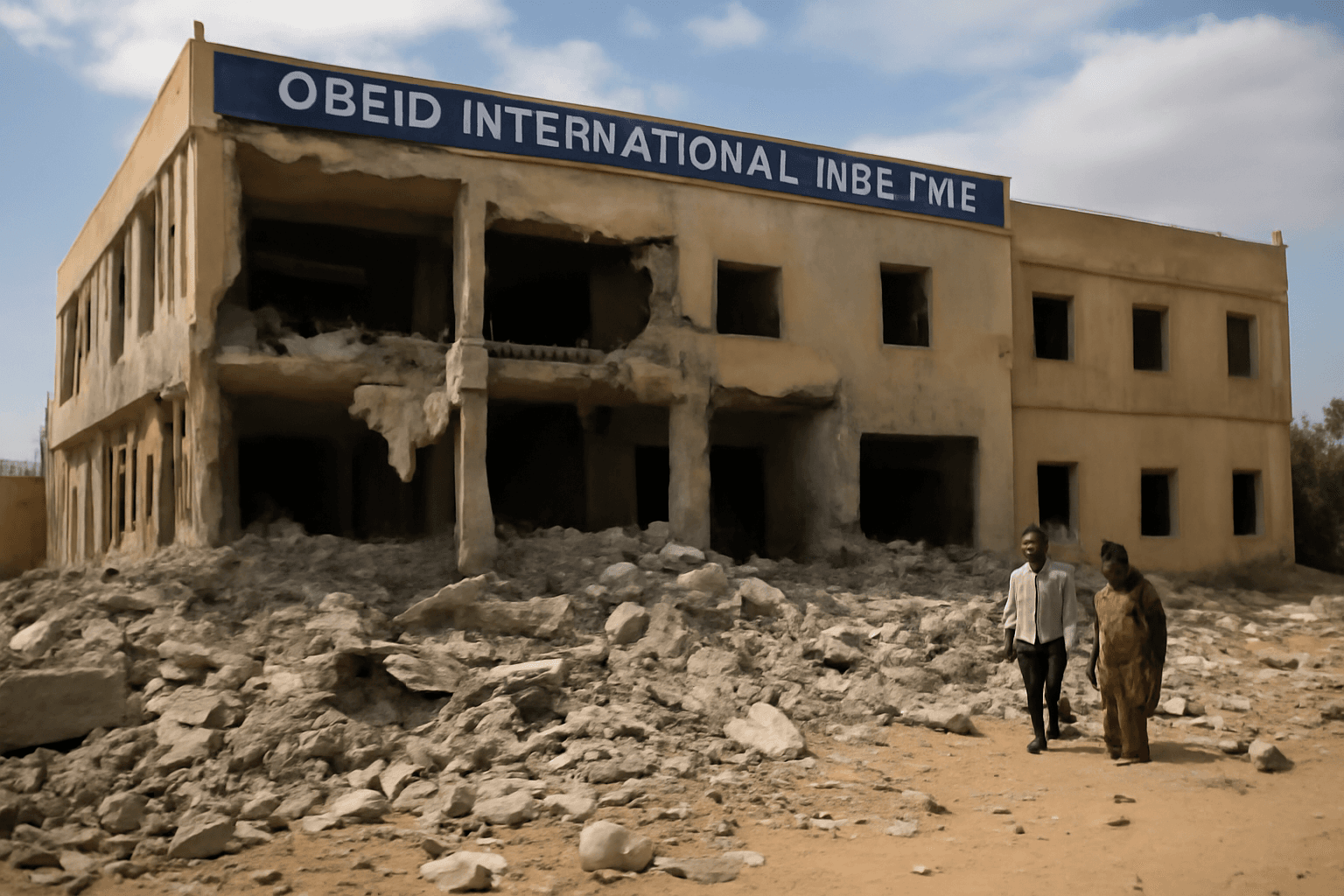Prison Attacks in Modern Warfare: Revisiting a Controversial Tactic
On July 28, 2025, the world watched in horror as Russian forces targeted the Bilenkivska Correctional Colony in Ukraine's embattled Zaporizhzhia region, claiming 22 lives and injuring more than 40 others. This latest attack on a prison facility highlights a disturbing trend in contemporary conflicts where prisons — traditionally considered civilian spaces — have become strategic targets amid ongoing geopolitical struggles.
The Zaporizhzhia Assault: A Snapshot
The Russian airstrike deployed four guarded aerial bombs, devastating the colony’s dining hall and severely damaging administrative and quarantine buildings. Besides the human toll inside the prison, neighboring residential homes were also destroyed, according to Zaporizhzhia’s governor, Ivan Fedorov. This was not an isolated incident. The region, embroiled in conflict since 2022, has frequently experienced aggressive strikes, intensifying concerns over civilian safety and the erosion of protected spaces amid warfare.
A Troubling Parallel: The Evin Prison Attack
Just over a month earlier, in June 2025, Israel launched an airstrike on Iran’s notorious Evin Prison in northern Tehran. Iranian authorities reported at least 80 civilian casualties, labeling the attack a “war crime.” Israel justified the strike by labeling Evin as a center for "intelligence operations against Israel," signifying a shift in how prisons are perceived—not merely detention centers but active elements in intelligence and security conflicts.
Historical Context: Prisons as Strategic Military Targets
Though recent events seem alarming, prisons have long played complex roles during wars. From Operation Jericho in WWII — where Allied forces broke into Amiens Prison in Nazi-occupied France to liberate resistance fighters — to the 1970 Son Tay Raid during the Vietnam War aiming to rescue American POWs, attacking prisons has historically served both tactical and symbolic purposes.
- Operation Jericho: While freeing over 100 prisoners, the raid also caused significant casualties on both sides, sending a psychological message of resistance against Nazi oppression.
- Son Tay Raid: Though it failed to find POWs due to their prior relocation, the mission underscored the United States’ commitment to recovering its soldiers, boosting morale domestically and internationally.
These historical incidents often blended humanitarian intent with military objectives and psychological warfare, illustrating the multifaceted nature of prison attacks.
Modern Warfare and the Weaponization of Civilian Spaces
In contrast to historical operations framed around rescue and solidarity, today’s prison attacks often symbolize exertions of dominance or attempts to undermine an adversary’s internal stability. The shifts reveal the changing nature of conflict and the erosion of norms protecting civilian sites.
Following the Evin strike, detainees were relocated to prisons known for even harsher conditions, raising serious human rights concerns. Iranian journalist Mehdi Mahmoodian remarked that detainees at the new facilities felt “long forgotten,” highlighting the invisible suffering prisoners endure amid geopolitical rivalries.
International humanitarian law classifies prisons as civilian objects, shielded from deliberate attack unless used for military purposes. The debate over the legality of these strikes is intensifying. Experts warn that targeting prisons may constitute violations of the Geneva Conventions and could amount to war crimes, sparking urgent calls for accountability amid prolonged conflicts.
Russia’s Continued Assaults and Civilian Impact
Russia’s aggression did not end with the prison attack; subsequent strikes, such as that in Novoplatonivka village near Kharkiv, killed civilians seeking humanitarian aid. These incidents underscore the broader humanitarian crisis afflicting war-affected populations and the blurred lines between combatants and non-combatants in modern warfare.
The Broader Implications: Civilian Spaces as Battlefields
Once, prisons stood as stark symbols of repression, places where oppression was contained. Now, they risk becoming active battlefronts, reflecting a troubling trend where civilian infrastructure is increasingly drawn into the vortex of warfare. This evolution highlights the breakdown of international norms that once provided some protection to civilians caught in conflict zones.
For the global community, these developments raise pressing questions:
- How can international laws adapt or be enforced more stringently to protect civilian spaces like prisons?
- What are the long-term psychological and social consequences for societies when places of detention become war targets?
- In conflicts marked by information warfare and propaganda, how does targeting prisons affect narratives around legitimacy and human rights?
As millions in war-torn regions struggle not for success but mere survival, the assault on prisons symbolizes both a physical and moral battleground. Recognizing and responding to this dimension of modern warfare is imperative for policymakers, humanitarian organizations, and the international legal system.
Editor’s Note
Prison attacks in contemporary conflicts embody a stark evolution from historical prison raids rooted in rescue and resistance toward strategic assaults that challenge existing humanitarian protections. They reveal the often overlooked vulnerabilities civilians face amidst geopolitical power plays. As the international community grapples with these new realities, a renewed commitment to upholding and enforcing humanitarian law is essential to prevent prison assaults from becoming normalized facets of war. Readers are invited to reflect on how societies can balance strategic military interests with the inviolable rights of the defenseless—and what mechanisms might better safeguard civilian spaces in the fog of war.

